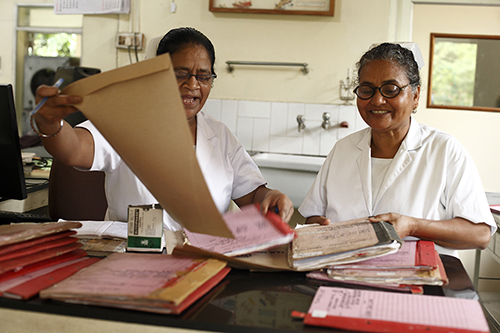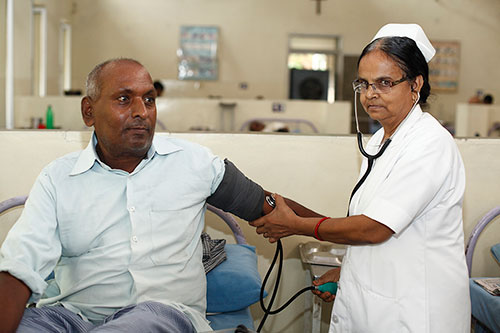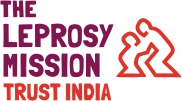
Leprosy
Each year, we receive approximately more than 10,000 patients with leprosy, including both new cases and returning visitors. In 2022, we identified 12,434 follow-up patients, including 1,050 newly diagnosed. The primary reason for their visits is to receive antibiotics known as Multi-Drug Therapy (MDT), which combines Rifampicin, Dapsone, and Clofazimine. Additionally, leprosy-affected individuals seek our assistance for issues such as ulcers, deformities, and lepra reactions—an allergic response to the leprosy bacteria. New leprosy patients undergo various tests in departments like Charting, Physiotherapy, Laboratory, and Counseling.
According to modern medical knowledge, leprosy is transmitted when an untreated infected person coughs or sneezes. However, it is essential to note that leprosy is not highly contagious, as approximately 95% of people possess natural immunity to the disease. Treated individuals with leprosy do not require social isolation, and the disease is not transmitted through sexual contact or pregnancy.


Leprosy and other NTDs
Neglected tropical diseases (NTDs) are a diverse group of communicable diseases found in tropical and subtropical conditions and affect more than one billion people. They mainly affect populations living in poverty, without adequate sanitation and in close contact with infectious vectors (an organism, such as an insect, that transmits a bacterium, virus, or other microorganisms that can cause disease) and domestic animals and livestock.
The World Health Organization has identified 17 NTDs affecting people in 149 tropical and subtropical countries. Leprosy and Lymphatic Filariasis (LF) are NTDs, and they cause disability. Along with leprosy, TLMTI addresses the problems caused by LF. Other NTDs which cause physical disabilities, such as post-kala-azar dermal leishmaniasis (PKDL) and trachoma which are found in India, but are not found in areas where TLMTI works.
